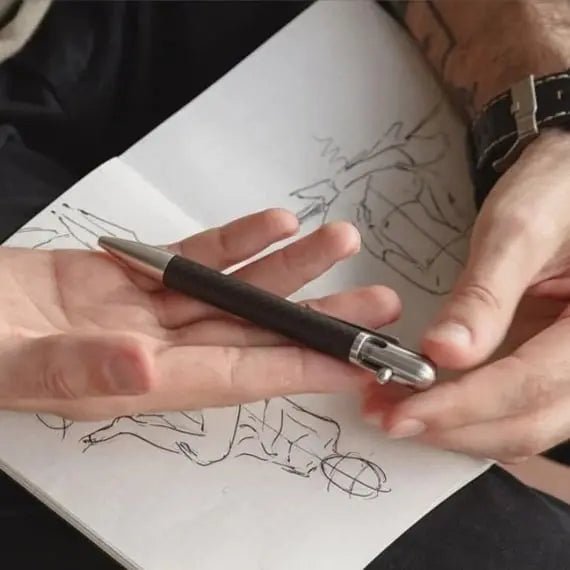
Fountain pens – Then and Now
Mike NavitskyShare
The fountain pen has seen a resurgence in popularity over the last few years, whether as a tool for personal use, collection or as a lifestyle item. Many believe this is because, in a world where our everyday are becoming increasingly all-digital, people are yearning for the nostalgia and personal touch of a more traditional pen.
So, where did the life of this pen begin?
THE QUILL
The very first version of the fountain pen was the ‘quill’ pen. This was often made using feathers from a goose or other large bird. A small knife slit was made in the body of the feather to allow the ink to flow downwards.
THE NIB
After the quill pen came the ‘nib’ pen. This looked similar to the fountain pens we use today but there was one fundamental difference: a dip pen didn’t have its own ink reservoir, so it needed to be dipped in a pot of ink every few sentences, hence the name.
Fountain pens have long been a part of our history. According to historical records, in the 10th century, an Egyptian Fatimid Califf called Al-Mu’izz Li-Din Allah asked artisans to make him a pen that wouldn’t leak over him as he wrote. He was given a pen that had a reservoir of ink and that could be held upside down without leaking. This is considered by many to be the first example of a fountain pen.
Today, fountain pens come in many shapes, sizes and materials making it exceptionally easy to find the right weight and style for you. If you prefer a weightier, highly durable body, try a stainless steel fountain pen. If you prefer something lighter in weight or with a slightly different finish, try a titanium fountain pen or an aluminum fountain pen.
